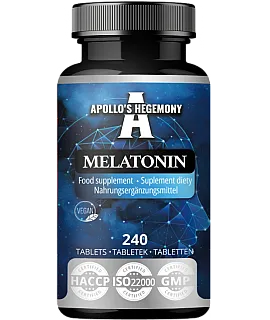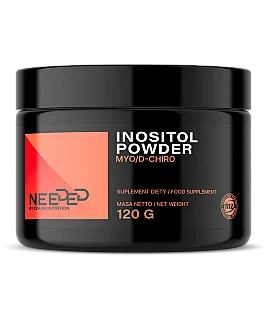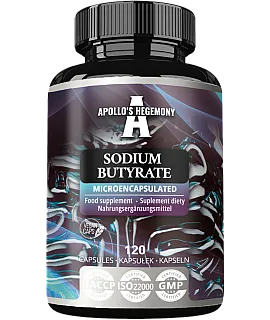Homocysteine - what is it and what are its standards?

To monitor cardiovascular health, we usually check cholesterol and blood pressure. Homocysteine is not such a popular marker, but it is significant enough to deserve far more publicity. Excess homocysteine is highly toxic to blood vessels and can increase the risk of atherosclerosis by up to twofold. High levels of homocysteine have also been linked to neurological diseases, including Alzheimer's disease.
- What is homocysteine?
- Homocysteine norms in laboratory tests
- Causes of rising homocysteine levels
- Effects of elevated homocysteine levels
- Homocysteine and atherosclerosis
- Homocysteine and Alzheimer's
- Homocysteine testing - practical information
- Summary
What is homocysteine?
Homocysteine is a sulfur amino acid that is formed in the human body through the metabolism of another amino acid, methionine. Methionine is an amino acid that we supply to the body with our diet, especially by consuming high-protein foods such as meat, fish, dairy and some seeds. On its own, it is not found in food, but is an intermediate product in the natural metabolic processes occurring in the body.
Homocysteine is considered an important marker of cardiovascular disease risk. Some even consider it a more significant parameter than cholesterol levels.
There are a huge number of scientific publications on homocysteine. The homocysteine hypothesis is the main topic taken up when the effect of vitamin supply on the cardiovascular or nervous system is analyzed.
Unless there is renal dysfunction, the occurrence of hyperhomocysteinemia (excess homocysteine) indicates that homocysteine metabolism has been disrupted in some way and that excess homocysteine accumulated in the cell is excreted into the blood. This prevents toxicity to the cell, but exposes the vascular tissue to the potentially harmful effects of excess homocysteine. A genetic defect in one of the enzymes that metabolize homocysteine (for example, MTHFR or CBS) or a nutritional deficiency in one or more of the vitamins involved in homocysteine metabolism can lead to metabolic abnormalities and potentially to hyperhomocysteinemia.
Homocysteine norms in laboratory tests
The norm for homocysteine levels in the blood ranges from 5 to 15 micromoles/liter.
In general, test results below 15 are not a serious cause for concern. However, many specialists estimate that the optimal level that gives full satisfaction should be less than 10. However, these are not official guidelines.
It is worth noting that, statistically, homocysteine levels increase with advancing age, and are higher in men than in women.
Causes of rising homocysteine levels
Mild hyperhomocysteinemia observed in fasting patients is usually caused by mild impairment of the methylation pathway (i.e., folic acid or vitamin B12 deficiencies, or thermolability of methylenetetrahydrofolate reductase).
Hyperhomocysteinemia after methionine loading can be caused by decreased cystathionine beta-synthase activity or B6 deficiency.
To some extent, homocysteine levels are affected by stimulants, including smoking and coffee drinking. Folic acid antagonist drugs (methotrexate, phenytoin, carbamazepine) and vitamin B12 antagonists (theophylline, azarabine, oral contraceptives) can also be problematic,
Severe hyperhomocysteinemia is caused by genetic defects resulting in deficiency of cystathionine beta-synthase (CBS), methylenetetrahydrofolate reductase (MTHFR) or enzymes involved in the synthesis of methylcobalamin (the active form of vitamin B12) and homocysteine methylation.
MTHFR mutation as one of the causes of excess homocysteine
In the context of hyperhomocysteinemia, mutations of the MTHFR gene are a particularly popular topic. Variations in this gene are very common. A mild, heterozygous form of the mutation can affect up to 50% of the population. However, only the more severe, homozygous mutations, which affect several percent of the population, seriously affect homocysteine levels.
Mutation of this gene impairs the process of methylation of folic acid, that is, bringing it to its active form. It is this active, methylated form of folic acid that is needed to remethylate homocysteine and return it to the methionine cycle.
CBS mutation as an inhibitor of the trans-sulfuration pathway
Mutations in the gene encoding cystathionine beta-synthase are a long-known problem, studied earlier than MTHFR problems. When a CBS mutation is present, increases in homocysteine are more sensitive to increased methionine supply. Under normal conditions, the methionine cycle is brilliantly self-regulated and copes well with a variable methionine supply. However, when the CBS gene does not function properly, the situation becomes complicated and a high-protein diet can make it difficult to lower homocysteine.
Effects of elevated homocysteine levels
When homocysteine concentrations exceed 15, we speak of hyperhomocysteinemia. Such concentrations increase the risk of atherosclerotic plaque formation. Elevated homocysteine levels are associated with an increased incidence of cardiovascular, cerebrovascular and thromboembolic diseases.
High homocysteine may also indicate inadequate availability of S-adenosylmethionine (SAMe), and this is a very versatile molecule that controls a huge number of processes in the body. It is the main donor of methyl groups for all methylation processes. It is responsible for the methylation of DNA, RNA and proteins. Thus, it participates in energy production, neurotransmitters, control of gene activity and many other important processes.
Homocysteine and atherosclerosis
The strongest link we see is undoubtedly between homocysteine and the risk of atherosclerosis. Excess homocysteine promotes atherosclerosis by increasing oxidative stress, impairing endothelial function and inducing thrombosis.
In the context of its impact on vascular health, homocysteine began to attract interest more than 50 years ago. This culminated in 1995 with the publication of a meta-analysis of as many as 27 studies involving more than 4,000 patients. It was then concluded that homocysteine is an independent graded risk factor for atherosclerotic disease. A 5 µM increase in total plasma homocysteine levels is associated with a 60% increase in the risk of ischemic heart disease in men and 80% in women.
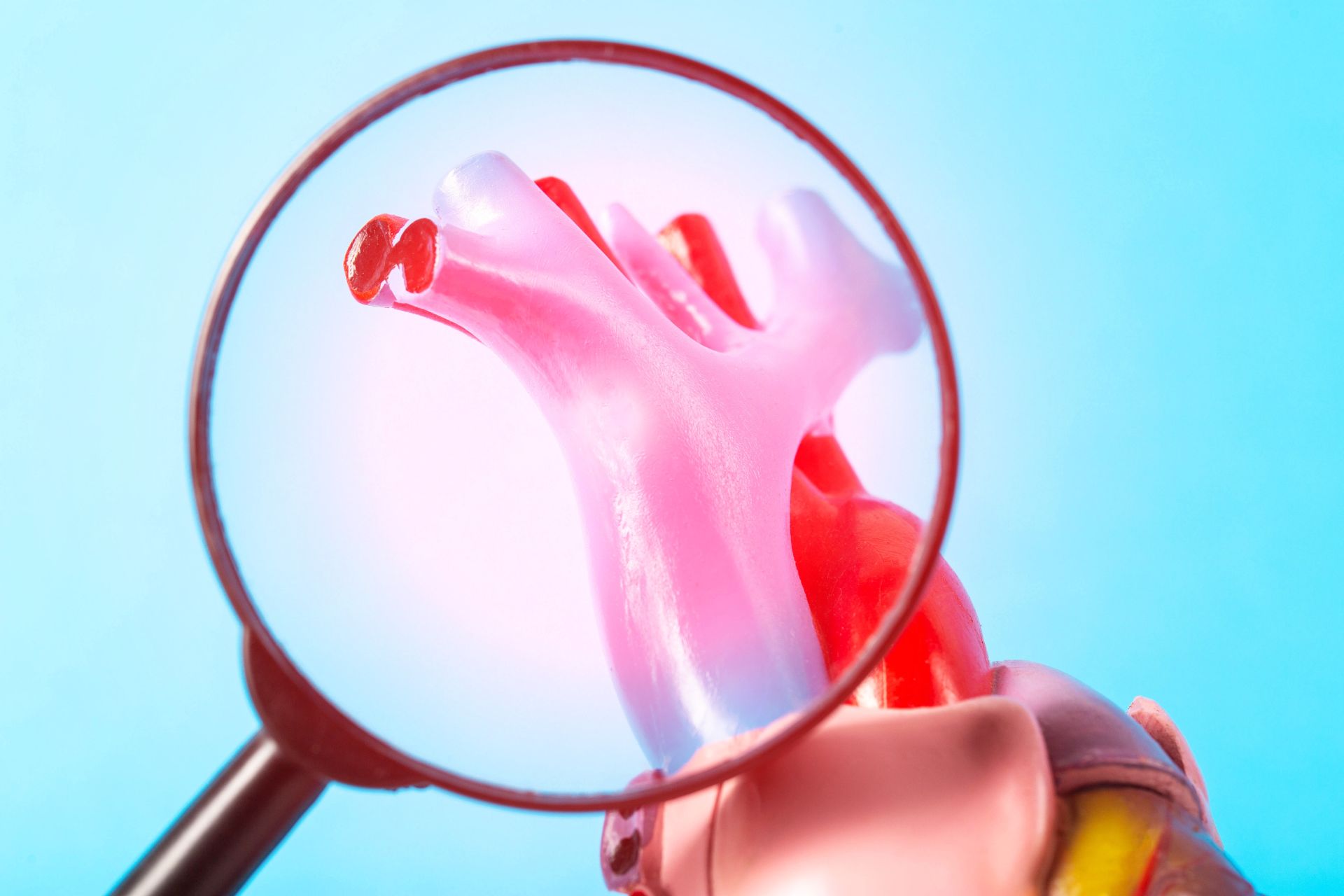
Homocysteine and Alzheimer's
After atherosclerosis, the second most important factor is the effect of homocysteine on neurological disorders, including the risk of Alzheimer's and other forms of dementia.
Homocysteine's harm to the brain and its performance is due to several mechanisms. Among them are:
-
exacerbation of oxidative stress,
-
inhibition of methylation reactions,
-
increasing DNA damage,
-
neurotoxicity leading to nerve cell death.
The effects of these activities largely coincide with what we consider to be the basis for the development of Alzheimer's disease, according to current knowledge:
- beta-amyloid accumulation,
- hyperphosphorylation of tau,
- atrophy of brain tissue,
- impairment of cerebrovascular circulation.
Homocysteine concentrations even being within the range of laboratory normal (14 micromoles/liter), i.e. not qualifying as hyperhomocysteinemia, can increase the risk of Alzheimer's disease up to twofold.
Homocysteine testing - practical information
You need to prepare for the test. As with most blood tests, you need to be fasting. It is recommended to go 13-14 hours without a meal. This is necessary to exclude an increase in homocysteine by a fresh supply of methionine from a meal. However, it is good to drink water, this one is always allowed.
If you're wondering how much a homocysteine test costs, you should set yourself up for an expense of between £50 and £100, depending on the laboratory. It can be done at any medical laboratory. You usually have to wait a few days for the test results.
Summary
Homocysteine is an important indicator not only of atherosclerosis risk, but also of brain health and overall health. Problems that affect the growth of homocysteine have an extensive impact on the functioning of the entire body. It is definitely worth checking homocysteine levels in the blood prophylactically from time to time, so that a quick and efficient response can be made if necessary.
Sources:
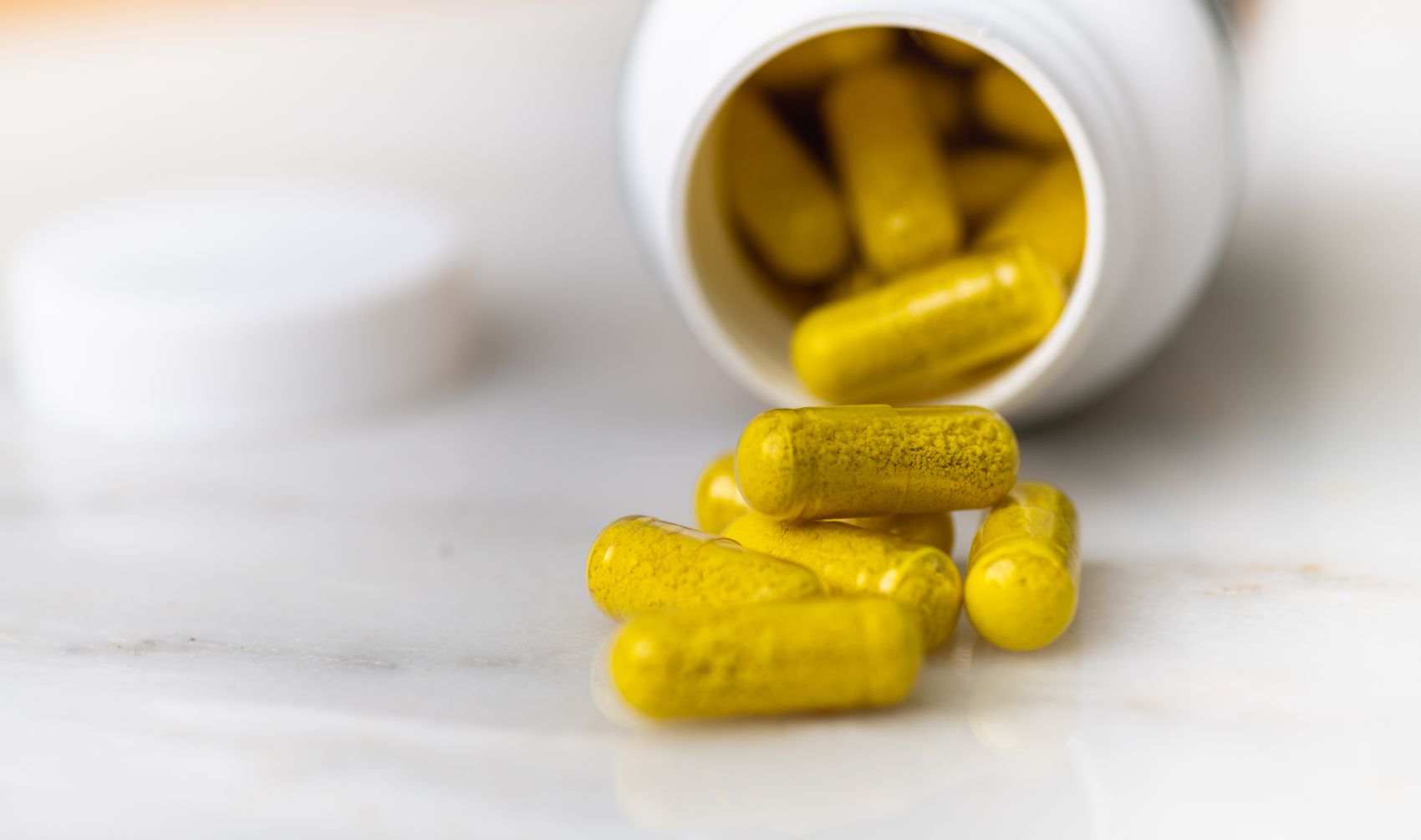 ⮜ Previous article
⮜ Previous article
Is it worth taking antioxidants around training?
 Next article ⮞
Next article ⮞
